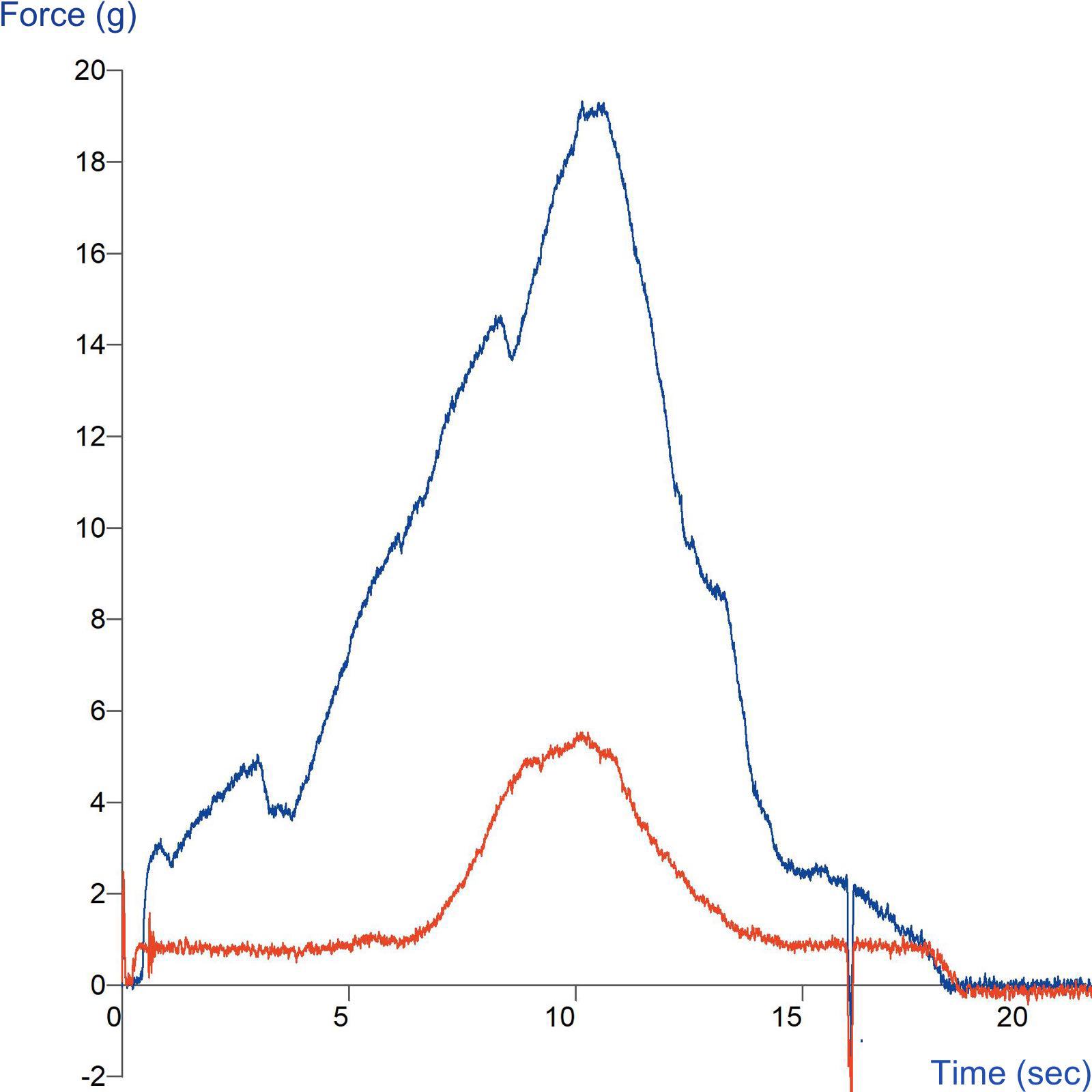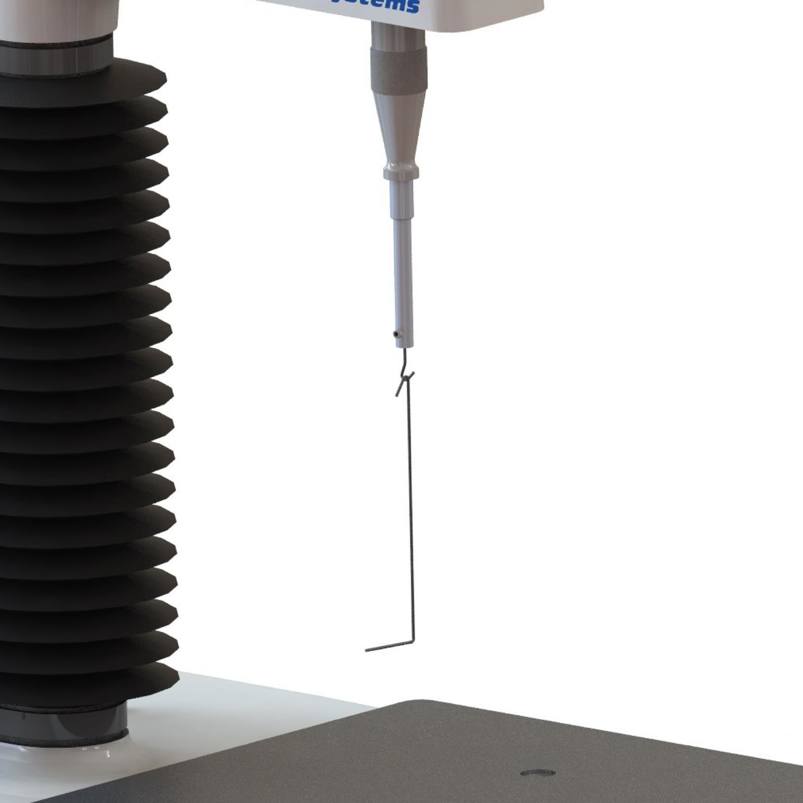Product overview
Alginate reflux preparations are the leading remedies for gastro-oesophageal reflux. They function by forming a neutral, insoluble floating gel layer (or raft) on top of stomach contents. This prevents gastric acid from rising into the oesophagus, which can damage the oesophageal mucosa and cause burning pain in the chest area. Alginate rafts, which commonly also contain antacids, provide rapid and long-lasting relief from these symptoms.
The efficacy of alginate rafts is heavily influenced by their physical properties. Formulation factors such as the types and quantities of antacids used, their ratio to the alginate dose, the acid-neutralising capability, molecular weight, concentration and viscosity can affect the formation and quality of the raft. The alginate raft hook will help OTC medication producers develop effective products that retain optimal physical characteristics.
Previous raft characterisation was often based on pH levels in and below the raft, but these tests were difficult to conduct and their results lacked accuracy. This method is simple and precise and has been adopted by the British Pharmacopoeia. The sample being examined is formed around an L-shaped stainless steel wire probe held upright in a glass beaker for a period of 30 minutes. When the raft has developed fully, the beaker is placed on the test bed of a Texture Analyser. The wire probe is hooked onto the Texture Analyser's arm and pulled vertically up through the raft at a rate of 5mm/s. The force required to pull the wire probe up through the raft is recorded as the raft strength.
This test method has been published in the International Journal of Pharmaceutics, which also outlined how to assess "resistance to reflex by extrusion", measured by driving the raft through the orifice of a forward extrusion cell. A Texture Analyser can also be used to quantify the raft's "resistance to reflux by rupture." This is defined as the maximum force required to break the raft, through a 10mm diameter orifice, with a 9mm diameter cylindrical probe.
Typical graph

Technical information
Ideal sample form
Liquid sample poured into vessel as specified by standard method.
Benefits and limitations
- The sample is formed with the test procedure in place avoiding sample handling
- Low force measurement due to small contact area between sample and hook as specified in the standard method. A 500g load cell is recommended for optimum force measurements
Optional extras
Alginate raft hooks pack of 5 spares - A/ARH-5P
Installation
Full installation instructions are provided within the Education Zone of the latest Exponent/Connect software version and on the technical information sheet accompanying this product.
Chemical compatibility
Stable Micro Systems probes and attachments are commonly made from four materials: anodised aluminium (AA6082 T6), stainless steel (316 T), Delrin (acetyl copolymer) and Perspex (polycarbonate).
In general use, probes and attachments made from these materials will be suitable for testing food products and inert non-food materials.
The four materials listed above are not universally resistant to all types of chemicals and as such the compatibility of the probe/attachment material with the product (to be tested) must be established to prevent damage to the probes and attachments. If the compatibility of the product with the probe is unknown to the customer then the chemical information about the product (Material Safety Data Sheet or Product Data Sheet) should be submitted to Stable Micro Systems. Stable Micro Systems will then assess the suitability of the probe/attachment material for use with the product and advise accordingly. If this advice is not sought then Stable Micro Systems will not accept liability for probes/attachments damaged by chemical attack from the product being tested.
Cleaning and maintenance
All probes and attachments may be cleaned in warm (or hand hot) water using a mild detergent. A soft brush may be used but abrasive cleaning aids should be avoided. Stable Micro Systems products should not be microwaved or cleaned in a dishwasher.
Screw threads should be lightly lubricated after drying using a light lubricant, e.g. petroleum jelly, mineral oil. This will aid the fitting and unscrewing of the item. Each component of a probe or attachment should be wrapped separately when stored, to avoid scratching or chipping. This will safeguard against any unnecessary damage to the accessory.


